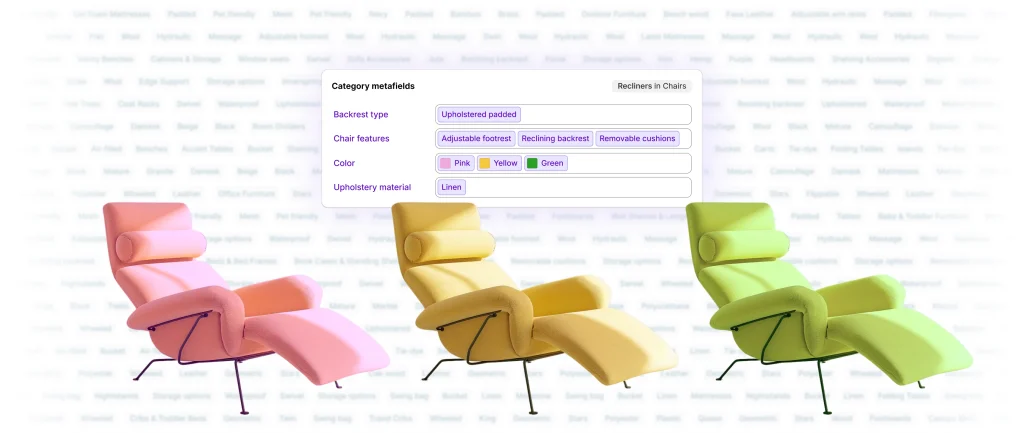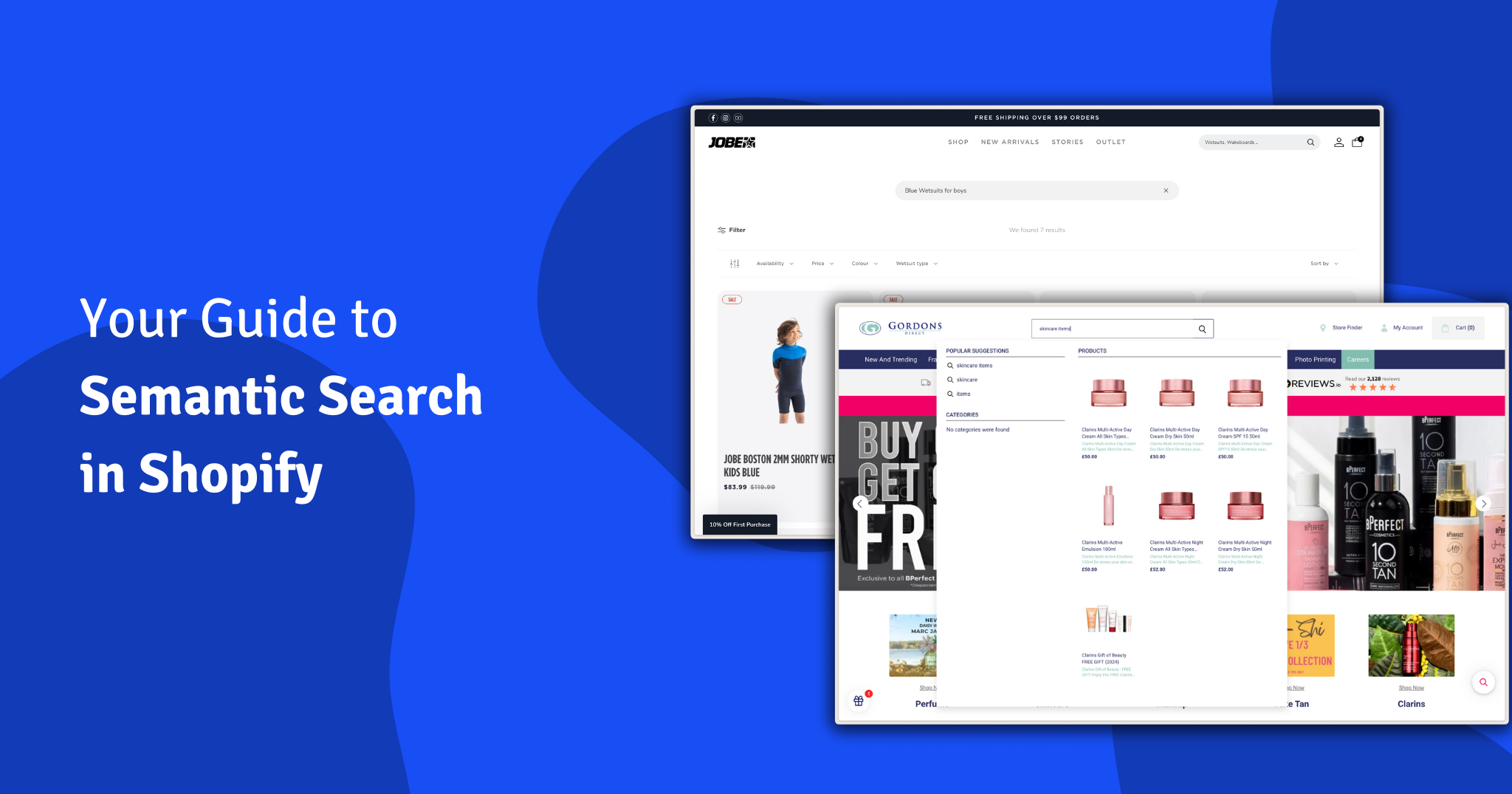In their Summer ’24 Editions, Shopify revealed an update to their categorisation – or standard product taxonomy.
Shopify has said:
Shopify’s Standard Product Taxonomy improves and speeds up the way you create and classify products, makes it easier to sell cross-channel, and most importantly, drives more discoverability of your products.

So what do you need to know about this update, and how can you make the most of it when it comes to organising your store?
So, what is product taxonomy?
When you add a product to your Shopify store, there is a lot of data attached to it – its name, description, category, and maybe extra variations like colour and size – and a product taxonomy (according to Shopify) is “the underlying model that ties a lot of this data together”. It powers many aspects of your customer’s shopping experience, from on-site search and filters to how the item looks on platforms such as Google or our Shop app.
Then, what is Shopify’s Standard Product Taxonomy?
Shopify’s Standard Product Taxonomy is a giant library of product data across more than 26 business verticals that maps over 10K product categories with over 1K associated product attributes. Here’s a look at the full and expanded taxonomy.
In a nutshell, every product maps to a specific product category in the taxonomy. For example, let’s say you’re selling a chair, which under the taxonomy is classified in the specific hierarchy you can see below (Furniture -> Chairs -> Kitchen & Dining Room Chairs).
“These refinements are always backwards compatible, ensuring that any updates to the taxonomy model will not interrupt the merchant experience, and merchants will be able to benefit from any new product attributes as soon as they are added.”
How to use Shopify’s Standard Product Taxonomy
No need to worry – when adding a new product on Shopify, it automatically applies this updated categorisation model by default.
Simply select “Add a Product” on the Products page in your Shopify admin, input the product name, description, and upload images for the product details page as usual.
Then, Shopify’s algorithm suggests a product category based on the product name, description, and images, which you’ll be able to see in the Category card below your product images. You still have the option to accept this suggested category or customise it to be more accurate.
For more precise product attributes, Shopify’s Standard Product Taxonomy displays a list of default associated attributes linked to your chosen category in the Category metafields card. You can find this in your Shopify admin, too.
Why Shopify’s Standard Product Taxonomy is Better
Streamlined product creation and classification
Shopify’s enhanced Standard Product Taxonomy with AI recommendations streamlines product creation, reduces errors, and provides category suggestions and attributes. This accelerates the process, ensures standardized data, and simplifies variant generation. The model is regularly updated to stay current with industry trends.
Better product discoverability
With pre-defined attributes, Shopify’s Standard Product Taxonomy improves product visibility and boosts accuracy and relevance. Integration with the Shopify Search & Discovery app will enable filters based on attributes and categories, while streamlining automated collection creation based on attributes and categories.
Easier cross-channel selling
Similar to Shopify, platforms like Google and Instagram each have their own product taxonomies. By adopting our standardised taxonomy, marketplaces and search engines will better understand and identify product information from Shopify, enhancing data synchronisation and enabling smoother integration. This alignment between our categorisation and other platforms’ requirements reduces manual data entry and minimises duplicated efforts when expanding across channels.
If you need assistance implementing any of these new features or want to discuss how they can enhance your Shopify store, don’t hesitate to reach out to us.
We also send out tips and tricks in our newsletter Shopify Insider. Sign up to that here so that you don’t miss out on any more expertise in achieving higher conversions.


